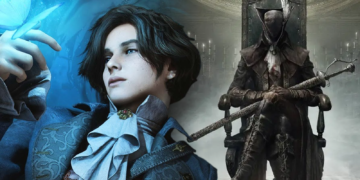When one thinks of The Witcher series, images of fantastical landscapes, mythical creatures, and epic battles may come to mind. However, the origin of this beloved franchise lies in a seemingly small linguistic nuance in the Polish language.
Andrzej Sapkowski, the creative mind behind The Witcher, recently shared the story of how it all began during a livestream with Fantastic talk(s), a YouTube channel dedicated to sci-fi and fantasy discussions.
The Missing Polish Word
In Polish, like in German, there are three genders: masculine, feminine, and neuter. Andrzej Sapkowski found inspiration in the fact that the Polish word for ‘witch’ (wiedźma) is strictly feminine, lacking a masculine equivalent. Undeterred, he decided to create a male version of a witch, coining the term ‘wiedźmin’, which became the cornerstone of his literary universe.
Surprisingly, when Sapkowski set out to create the world of The Witcher, he did not have a detailed map in mind for the setting known as The Continent. He deliberately avoided this common trope in fantasy storytelling at the time. Instead, the first map of The Continent was crafted by a Czech translator, which later became the foundation for all subsequent maps in the series.
The Far-Reaching Impact
Little did Andrzej Sapkowski know that this single missing word and his creative choices would lead to a sprawling saga that transcends books alone. The Witcher franchise has grown to encompass critically acclaimed video games, such as The Witcher 4: Polaris, and a widely popular Netflix adaptation, which is now approaching its fourth season.
The Witcher’s origin story serves as a testament to the power of creativity and the unexpected ways in which inspiration can strike. A missing Polish word and a decision to forgo traditional map-making became the catalysts for a legendary franchise that continues to capture the hearts of fans worldwide.
In the end, it reminds us that sometimes the most extraordinary journeys begin with a single spark of imagination.
Dive into the Heart of ‘The Color Purple’ 2023 Film: Be captivated by the powerful performances and soul-stirring music in the new adaptation of “The Color Purple.” Explore our detailed review of The Color Purple and witness how this film pays homage to Alice Walker’s novel and the original Oscar-nominated movie.
























